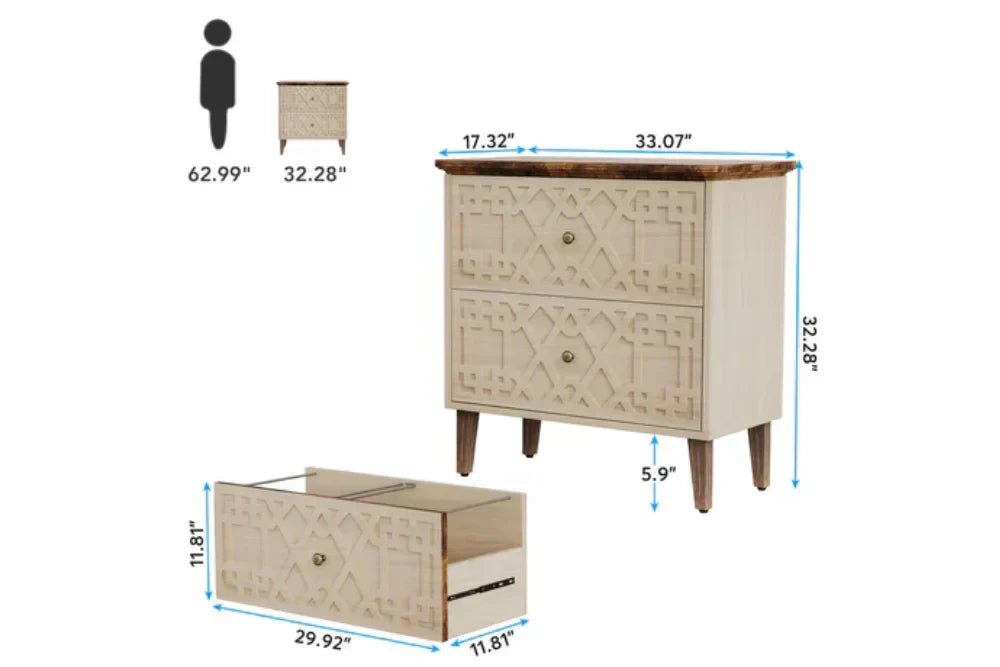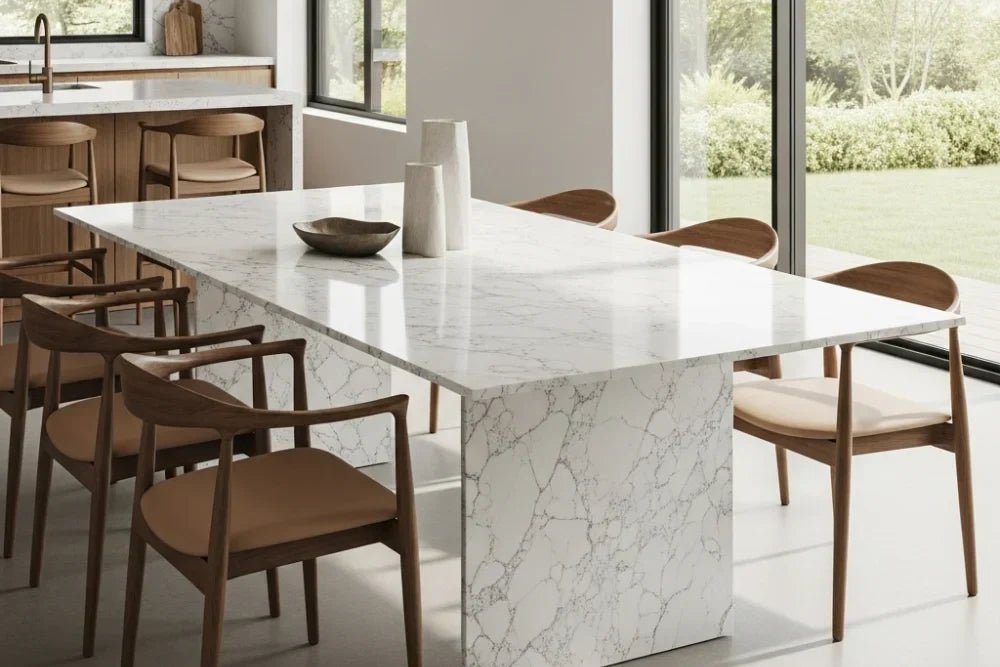Amélie Poulain’s cozy Paris apartment, filled with warm reds, greens, and yellows, does more than decorate a space—it tells a story. Her whimsical color palette creates a mood, a personality, a world. Similarly, the furniture colors you choose for your home office shape how the space feels and how you function within it. Color isn’t just visual—it influences focus, energy, and comfort. Choosing the right palette means creating a workspace that supports your goals and reflects your style.
Table of Contents
- What Is Color Psychology in Interior Design?
- How Colors Affect the Perception of Space?
- Most Popular Living Room Colors (and Why They Work)
- Which Comes First: Wall Paint or Furniture Color?
- 5 Practical Ways to Choose Furniture Colors
- How to Use Color Psychology When Selecting Living Room Furniture?
- Bonus Tips for Picking Living Room Furniture Colors
- Conclusion
What Is Color Psychology in Interior Design?
Color psychology is the idea that different colors can influence how we feel, think, and even behave, especially in the spaces we live in. In interior design, it's not just about what looks good—it’s about how color makes a room feel.
For example, warm tones like red or orange can create energy and excitement, while cool tones like blue or green bring calm and relaxation. That’s why you often see neutral tones in home offices, cozy earth tones in living rooms, and softer hues in bedrooms. Understanding how color affects mood is the first step in choosing furniture that not only looks great but also helps you feel at home.

How Colors Affect the Perception of Space?
Colors do more than set a mood—they also change how we perceive the size and brightness of a space.
- Lighter colors (like white, beige, or soft gray) reflect more light, making small rooms feel bigger and more open.
- Darker colors (like navy or charcoal) absorb light and add depth, making a large room feel cozier and more grounded.
- Cool tones (blue, green, gray) tend to visually expand a space and bring a relaxing vibe.
- Warm tones (tan, rust, mustard) create a more intimate, welcoming atmosphere—especially in open-concept layouts.
If you have a compact living room, opting for a light-colored sofa and accent tables can make the space feel airier. For bigger rooms, adding bold-colored furniture or a darker coffee table can bring balance and warmth.
For specific furniture color applications, please refer to: What Color Desk Should I Get for My Room?
Most Popular Living Room Colors (and Why They Work)
These tried-and-true colors are favorites for American homes—and for good reason:
Gray – The ultimate neutral. Gray works with almost every color scheme and offers a clean, modern backdrop for furniture and décor.
Navy – Bold yet classic. Navy adds sophistication and pairs well with white, brass, and wood finishes.
Beige & Taupe – Soft, warm, and versatile. These neutrals are great for creating cozy, layered looks.
Green – Calming and refreshing. Sage and olive greens bring a sense of nature indoors and pair beautifully with wood tones.
Terracotta & Rust – Trendy and earthy. These tones add richness and are perfect for boho or mid-century styles.
By understanding the emotions these colors evoke, you can choose furniture pieces that align with your lifestyle, whether you're aiming for a peaceful retreat or a lively gathering spot.

Which Comes First: Wall Paint or Furniture Color?
This is one of the most common design questions, and the short answer is: furniture comes first.
It’s much easier to match paint to your furniture than the other way around. Your sofa, accent chairs, rugs, and wood finishes have specific tones and textures that paint can be tailored to complement. Paint comes in virtually unlimited shades, so it’s more flexible than a fixed piece of furniture.
Start with your key investment pieces—a sectional, TV stand, or bookshelf—then build a color palette around them. Choose wall colors that enhance, not compete with, your furniture’s tone. For example, if your couch is a rich navy or forest green, lighter or neutral wall colors can offer clean contrast.
If you’ve already painted the walls, don’t worry. Stick to furniture with neutral tones (like white, wood, beige, or charcoal) that pair easily with existing paint colors. You can always bring in complementary hues through rugs, throw pillows, or wall art.
5 Practical Ways to Choose Furniture Colors
Selecting furniture colors isn’t just about personal taste—it’s about blending style, practicality, and mood. Here’s how to do it like a pro:
1. Start with Neutrals for Large Pieces
For sofas, dressers, or dining tables, neutrals like gray, beige, black, or white are timeless and versatile. They’re easy to refresh with different accent pieces over time.
2. Use Accent Furniture for Pops of Color
Want to introduce color without overwhelming the space? Try a bold coffee table, vibrant dining chairs, or a green velvet bench. These smaller pieces are easy to swap out or move around.
3. Coordinate with Existing Finishes
Take cues from your flooring, trim, or wall color. If you have dark hardwood floors, try balancing them with lighter-toned furniture or warm wood finishes.
4. Think About Your Lifestyle
If you have kids or pets, opt for darker tones or textured fabrics that better hide stains and wear. If your home gets lots of natural light, lighter colors can help the space feel bright and airy.
5. Don’t Overmatch—Mix Tones and Textures
A well-designed space has depth. Mix warm and cool tones, matte and glossy finishes, or wood with metal to create visual interest and avoid a flat, showroom look.
How to Use Color Psychology When Selecting Living Room Furniture?
Color psychology isn’t just for wall paint—it’s just as important when picking furniture. The shades you choose can influence how your living room feels and functions.
Blue: Known to promote calm and clarity. Ideal for sofas or accent chairs if you want a more relaxing, serene environment.
Green: Brings balance and a sense of nature indoors. Great for creating a fresh and inviting space.
Yellow: Uplifting and energizing. Consider it in small touches like ottomans, side tables, or cushions.
Gray: Neutral and grounding, perfect for large pieces like sectionals or storage units. Pairs well with most accent colors.
Brown (Wood Tones): Warm and classic. Natural wood textures help your space feel cozy and timeless.
Pro Tip: Choose 1–2 dominant colors for main furniture, then layer in accents that align with the mood you want to set.

Bonus Tips for Picking Living Room Furniture Colors
Color is important—but so is context. Here are some final tips before you buy:
- Room Size Matters: Light colors open up small rooms. Dark tones can make a big space feel cozier.
- Lighting Counts: Natural and artificial light changes how colors appear. Always view samples in your actual space before deciding.
- Style Consistency: Make sure your furniture tones align with your design style—Scandinavian, modern farmhouse, industrial, etc.
- Seasonal Flexibility: Stick to timeless base colors and use throws, pillows, or rugs for seasonal changes.
Conclusion
At Tribesigns, we design furniture that blends comfort, style, and functionality. Most of our pieces are made from quality wood materials and come in versatile colors like natural wood, black, and white, making them easy to match with any home décor. From home office desks and console tables to corner shelves and shoe racks, we offer pieces that bring beauty and purpose to every corner of your home.
And with Prime Day just around the corner, it’s the perfect time to upgrade your space—Tribesigns has exclusive discounts waiting for you. Don’t miss out!



